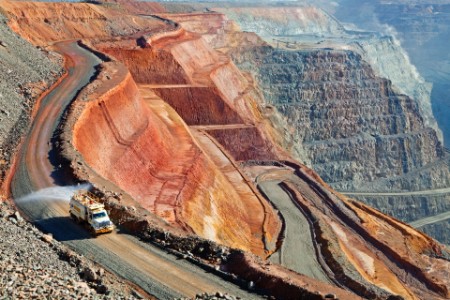Chinese steel producers ramped up production and built-up large stockpiles in the first half of 2022, anticipating the surge in demand. However, weakening steel demand from both the infrastructure and property sectors (which each account for around 30 per cent of steel demand) has led to a fall in steel prices (and profitability) with steel mills slowing production, pushing the iron ore price lower to just over $US100 per tonne currently.
Sentiment has been deteriorating on China’s ability to execute its promised infrastructure driven stimulus in an economy that could be partially locked down, as many countries face the impact of the latest COVID-19 wave. Concerns also remain about the Chinese property sector in particular. Financial stress in highly leveraged property developers could lead to spillovers in both the Chinese economy and financial system.
The supply side story remains relatively unchanged with Australia’s major miners operating close to capacity and the recovery of Brazilian iron ore production continuing to lag, following the 2019 tailings dam disaster. Hopes for new supply entering the market are far off with projects such as the Simandou iron ore project in West Africa unlikely to start producing for several years. Despite elevated iron ore prices, major Australian producers have not committed to greenfields projects, but have focused on infill projects to maintain current volumes. [1]
These factors are likely to keep downward pressure on iron ore prices moving forward. One possible offsetting factor though is China accomplishing its GDP and government spending targets, given the capacity constraints in iron ore supply. This could push iron ore prices higher. Consensus forecasts have iron ore prices reaching $US103 per tonne by the end of the year before falling to $US97 per tonne by mid-2023. [2]


